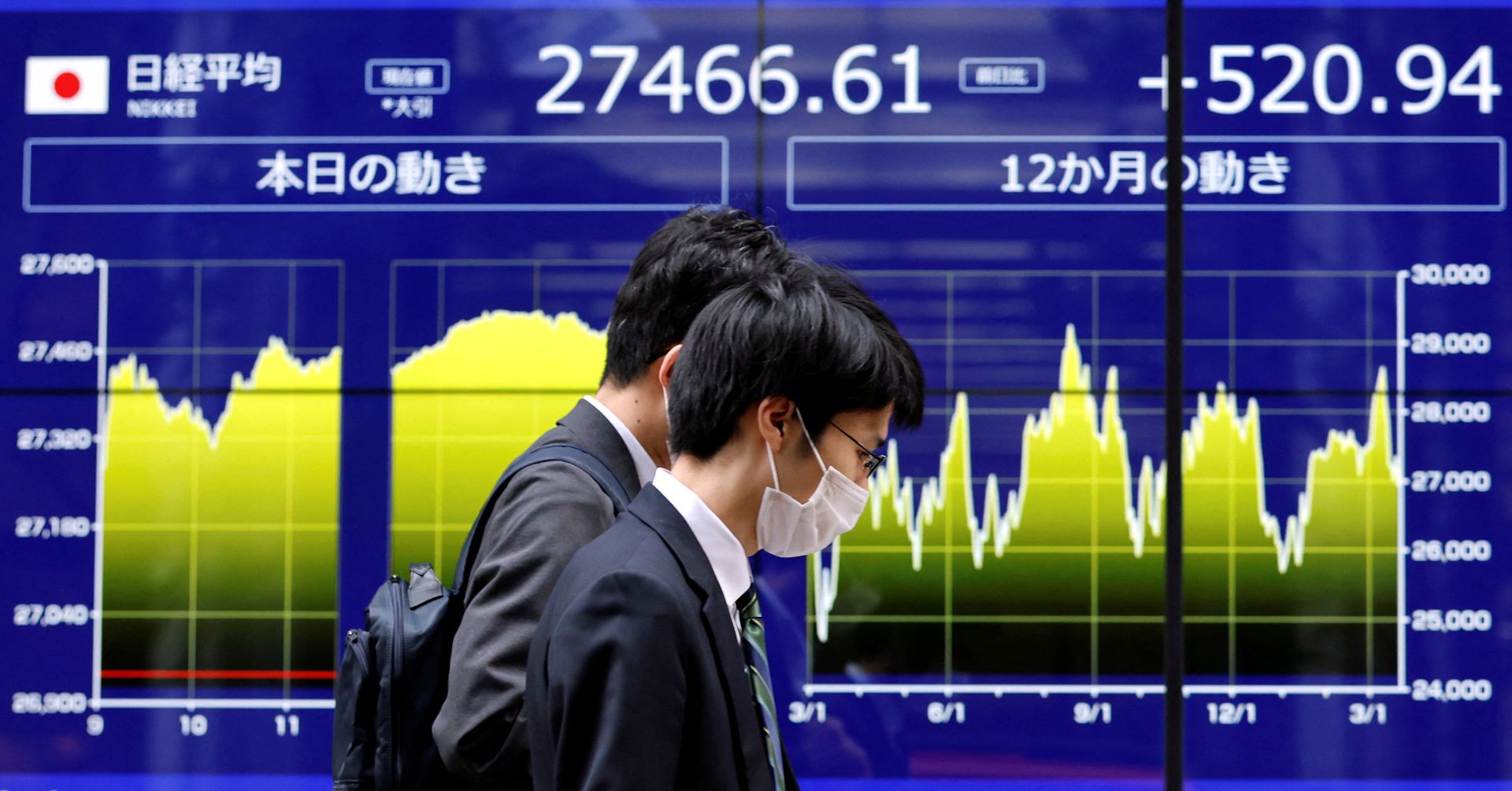An increasing number of uncertainties, including the Federal Reserve’s hawkish posture, rising Treasury rates, and a potential government shutdown, have alarmed investors and clouded the outlook for U.S. equities.
Since their highs in late July, U.S. equities have fallen more than 6%, and the past week has been especially tense for investors. The Fed forecast that it will maintain interest rates at high levels for a longer period of time than anticipated, causing declines in US stocks and bonds.
The S&P 500 experienced its steepest weekly decrease since March this week, falling 2.9%. Data from BoFA Global research indicated that investors sold international shares at the quickest rate this year, with a net $16.9 billion leaving stocks in the week ending on Wednesday. To date, the index has increased by 12.8%.
Despite the fact that the economy has grown steadily throughout the summer, Charlie Ripley, senior investment strategist for Allianz Investment Management, warned that the economy is now entering a time of high risk. According to him, “investors are seeing a reason to take risk off the table, and that’s going to diminish some appetite” for equities.
The benchmark 10-year Treasury’s yields, which follow prices in the opposite direction, are currently at or around 16-year highs. High Treasury rates make equities less alluring by providing investors with a lucrative reward on an almost risk-free investment.
A number of possible concerns are also being considered by market participants as they try to predict how the U.S. economy, which has remained resilient this year, will fare going forward. If the Fed follows through on its promise to keep borrowing costs high while attempting to decisively reverse the tide on inflation, the challenge provided by higher rates will take precedence.
Brian Jacobsen, chief economist at Annex Wealth Management, claimed that “the Fed is overconfident in the soft-landing narrative.” “A Fed that is overconfident is a dangerous Fed because it will ignore early signs of weakness.”
High oil costs, the start of student loan installments in October, and a government shutdown that is scheduled to start if lawmakers fail to agree a budget by September 30 are additional dangers.
In the foreseeable future, seasonal conditions also appear to be unfavourable. According to BofA Global Research, the S&P 500 entered its weakest 10-day period of the year on September 18. When performance in the first 10 days of the month is below normal, as it has been this year, the index historically declines by 1.66% over that time.
The analysts at BoFA added, “Seasonality shows nasty down days into October,” adding that falls can present opportunities for dip buyers.
A protracted government shutdown, meanwhile, might fuel worries about American government dysfunction and raise Treasury yields. Legislators fought for a long time to lift the debt ceiling at the start of this year. Fitch, a credit rating agency, downgraded the company as a result, according to analysts at Societe Generale.
As yields have risen over the past few weeks, stocks have struggled, and higher yields might make things worse.
Of course, indicators used by strategists have demonstrated that there is a lot of money sitting on the sidelines ready to be used by investors seeking to buy on weakness. According to Keith Lerner, co-chief investment officer at Truist, if the S&P 500 dropped to 4,200, or around 3% below present levels, buyers would probably enter the market.
According to him, a loss of this magnitude would bring the index’s price-to-earnings ratio to 17.5—consistent with its 10-year average.
To help minimise short-term weakness, he said, “we anticipate, at least initially, buyers would come in around this vicinity.”
Even though the majority of the momentum indicators he monitors, including market breadth, have turned bearish, Adam Turnquist, chief technical strategist for LPL Financial, expressed optimism in a late Friday report. He pointed out that there haven’t been many indications that investors are running for cover, and the S&P 500 is still above its 200-day moving average.
Overall, he added, “the market is down but not out.” Pullbacks are completely normal in a bull market, according to this statement.

